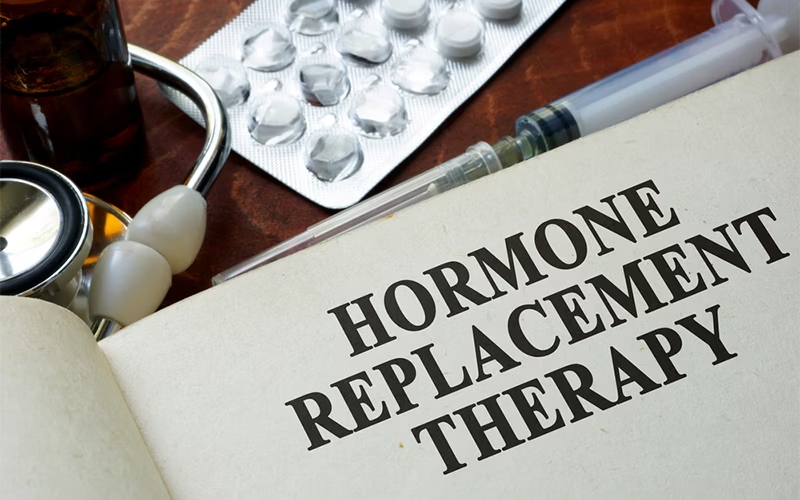HRT is an acronym that has made its way into mainstream medical vernacular, so it’s only fitting that most of us want to know a little more about what it is and its applications.
If you’re wondering “what is HRT?”, here’s a brief overview of the treatment, what it’s used for and the associated risks you need to be aware of.
What is HRT? Who needs it?
HRT is the acronym used to describe Hormone Replacement Therapy, a medical treatment used to reduce the symptoms of menopause.
When women approach menopause, their bodies produce less estrogen and progesterone—the hormones responsible for regulating your monthly cycle. As these hormone levels fluctuate, it’s common for women to experience a range of uncomfortable side effects such as hot flushes and night sweats, vaginal dryness, vaginal and bladder infections, incontinence, aching joints and pains, insomnia and sleep disturbance, decreased sex drive and mood disturbance.
HRT is a popular medical treatment that can alleviate these symptoms in peri-menopausal and menopausal women by replenishing lost estrogen and progesterone stores.
In addition, HRT is also known to provide a range of other valuable health benefits, such as reducing the likelihood of developing other chronic conditions including diabetes, osteoporosis, cardiovascular disease and colorectal cancer.
What are the risks associated with HRT?
While HRT can provide relief from menopause symptoms, like any medical treatment, it can carry some risks.
HRT has been associated with a slightly increased risk of developing breast cancer, however, this only applies to women who have taken combined HRT (estrogen and progesterone) for more than 5 years.
While the risk profile is relatively low, HRT has also been associated with an increased risk of conditions including venous thrombosis, cholecystitis and certain cancers. Your doctor can provide further advice about your individual risk profile when commencing HRT.





